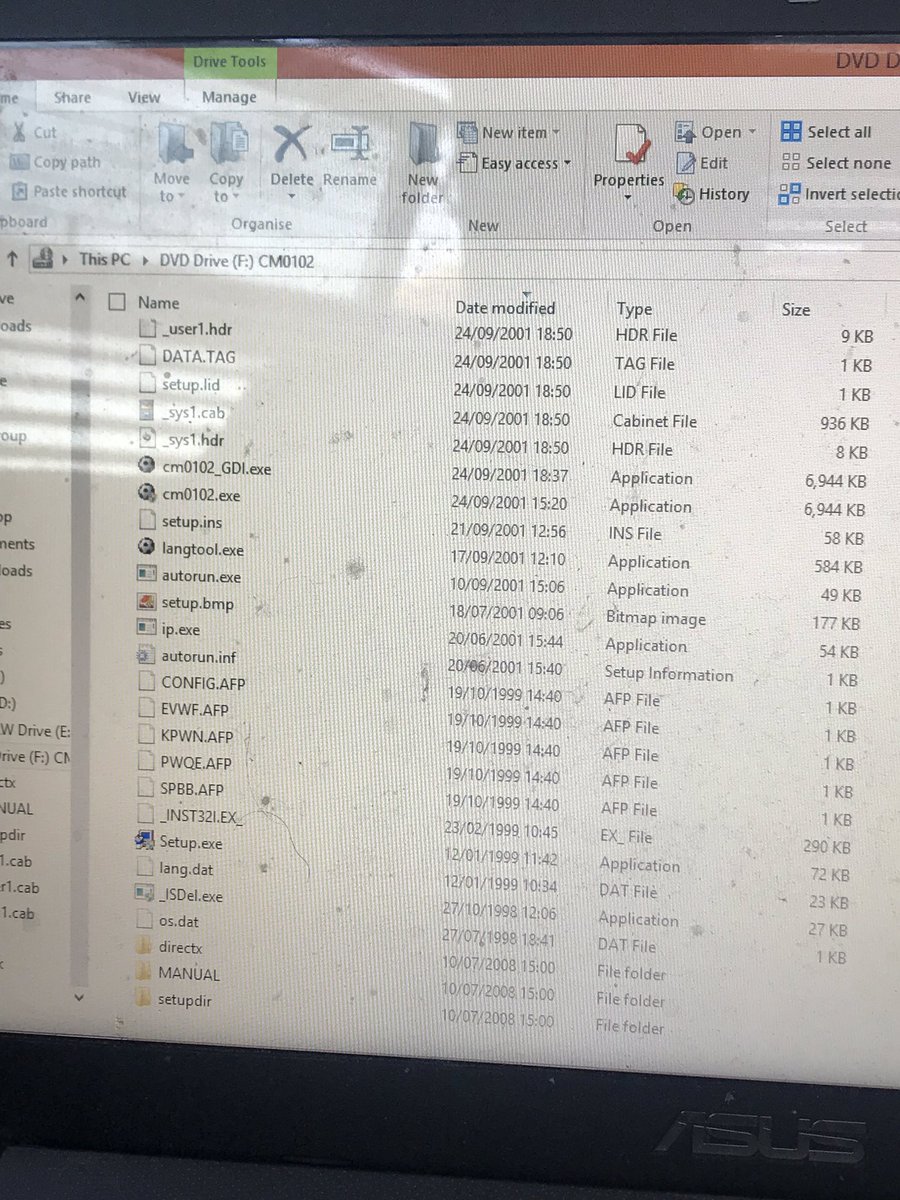

- CHAMPIONSHIP MANAGER 01/02 CRASH DUMP HOW TO
- CHAMPIONSHIP MANAGER 01/02 CRASH DUMP PDF
- CHAMPIONSHIP MANAGER 01/02 CRASH DUMP DRIVER
The best structure definition of a Hive I could find comes from Windows Kernel Internals NT Registry Implementation (you’ll find many references to the PDF in this post). Sub Keys = Keys (as long as they aren’t Root Keys).Note: for convenience, the following equivalence will be used throughout this post: It could be noted that the analogy of a typical File System is true to the point where it is possible to abuse some situations via Symbolic Links (exploiting REG_LINK types) but we won’t be covering that today.
CHAMPIONSHIP MANAGER 01/02 CRASH DUMP HOW TO
Later on, we’ll explain how to enumerate them, as we must go over some pre-requisites first. Therefore a Key can contain Sub-Keys but also Values, just like a folder can contain sub-folders and files. Values (comparable to Files), each of which can have one of 12 types: REG_NONE, REG_SZ, REG_EXPAND_SZ, REG_BINARY, REG_DWORD_LITTLE_ENDIAN, REG_DWORD, REG_DWORD_BIG_ENDIAN, REG_LINK, REG_MULTI_SZ, REG_RESOURCE_LIST, REG_FULL_RESOURCE_DESCRIPTOR, REG_RESOURCE_REQUIREMENTS_LIST, REG_QWORD_LITTLE_ENDIAN, REG_QWORD.Keys (or Key Nodes), comparable to Directories in the traditional FS world.Those are critical, we’ll develop how below.Īs a tree, a Hive can be browsed, exposing: The Cell size is declared as the 1st ULONG of the memory area. Cell: Basic unit of allocation for the registry (contains raw data).Bin: Collection of Cells (+ metadata), bin size must be aligned to PAGE_SIZE.Hive: Collection of Bins (+ metadata), follows a tree structure.Registry: Collection of (2) Hives (+ metadata) → PRIMARY +.dat file operates as a small File System with its own hierarchy and nomenclature: Off-memory, they live in regular file (usually but not necessarily suffixed as. The Registry consists of a set of regular structures called “Hives”. Last, everything was done/tested against Windows : I assume those findings to be applicable to other versions, but it may not be the case. Also, you’ll find the KD commands are given to reproduce easily, but your offset/index may vary.

Notes: this is a collection of notes, do not blindly trust, assume mistakes. This script allows to browse and query via LINQ the registry in a kernel debugging session. by the CM)? So in the same way that I explored other Windows subsystems, I tried to keep a practical approach, and the result was this WinDbg Js script, RegistryExplorer.js that’ll be referring to throughout this post. What I wondered was: How is the registry handled in the kernel (i.e. My curiosity was around its inner working, and all the few (but brilliant) resources can be found in the link section below.
CHAMPIONSHIP MANAGER 01/02 CRASH DUMP DRIVER
It is a pretty well documented user-land mechanism, and so is its kernel driver API. One of Windows kernel subsystem I recently dug into is the Configuration Manager ( CM), mostly because I found very scarce public resources about it despite its criticality: this subsystem is responsible for managing the configuration of all Windows resources, and in user-land is exposed via a very familiar mechanism, the Windows Registry.


 0 kommentar(er)
0 kommentar(er)
